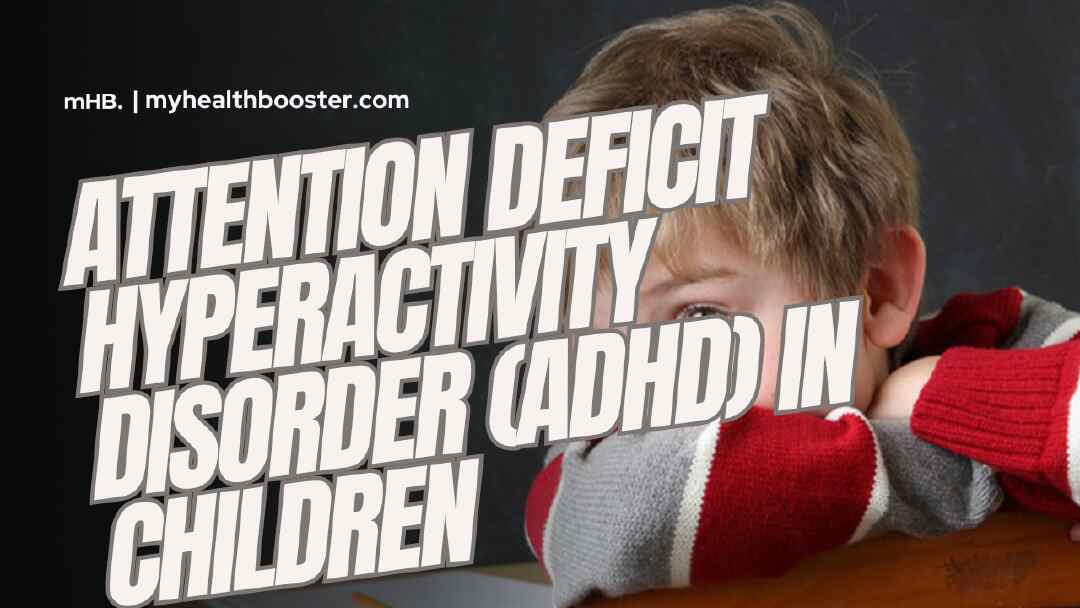What is ADHD?
ADHD, previously known as ADD, is a mental health condition referred to as Attention Deficit Hyperactivity Disorder. Individuals with ADHD grapple with impulse control, excessive activity, and distractibility on a daily basis.
These symptoms relate to challenges with executive functions, which are the brain’s higher-order functions often seen as its CEO. Executive functions encompass activities like planning, prioritizing, organizing, self-discipline, and self-regulation.
Statistics reveal that up to 7% of children and adolescents experience this disorder at any given time, with as many as 11% of children receiving this diagnosis at some point during their childhood.
Health professionals tend to diagnose boys with childhood ADHD at a rate more than twice that of girls, partially due to gender-based variations in ADHD symptoms. Additionally, racial and ethnic disparities exist in ADHD diagnosis and treatment, with Latino and African-American children being underdiagnosed. Addressing these disparities involves enhancing access to care, family psychoeducation, and culturally sensitive assessments, which can help combat implicit biases in identifying mental health symptoms.
Children younger than their peers in the same class may be at risk of overdiagnosis due to the minor age differences that can affect a child’s ability to sit still, manage impulses, and focus. Educating professionals, particularly teachers, about these developmental distinctions is essential to support these children and their families.
What are the types of ADHD?
ADHD presents in three ways:
- Predominantly hyperactive-impulsive
- Predominantly inattentive
- Combined presentation (involving impulsivity, inattention, and hyperactivity)
What are the symptoms and signs of ADHD? The Diagnostic and Statistical Manual of Mental Disorders, Fifth Edition (DSM-5), the gold standard for mental health diagnoses, outlines ADHD symptoms:
Inattention
- Frequent careless mistakes or difficulties in paying attention to details
- Poor concentration in tasks or leisure activities
- Appears inattentive when spoken to directly
- Often fails to complete instructions or tasks
- Difficulty organizing activities
- Short attention span
- Avoids or dislikes activities requiring sustained mental effort
- Loses things needed for tasks
- Easily distracted
- Frequent forgetfulness
Hyperactivity and impulsivity
- Fidgeting, squirming, or tapping hands or feet
- Trouble staying seated
- Restlessness or boredom
- Difficulty playing quietly
- Engaging in multiple activities at once
- Excessive talking
- Frequent interruption of others
- Trouble waiting for one’s turn
- Often intrudes on others
Other factors to consider:
- ADHD children may focus intently on activities they enjoy, but have difficulties maintaining consistent attention, especially for less enjoyable tasks.
- The inability to sit still can lead to unsafe behaviors.
- Symptoms like insomnia, irritability, tantrums, or difficulty managing anger are not specific to ADHD but are often observed in children with the condition. Sleep problems are also common.
What are the risk factors and causes of childhood ADHD?
While there isn’t a single cause for ADHD, multiple biological, environmental, and social factors may increase the risk of developing the disorder.
- Brain imaging studies suggest differences in the brain’s size, connectivity, and regulation of dopamine levels in those with ADHD.
- Some medical conditions, such as seizures, asthma, celiac disease, and gluten sensitivity, show a higher occurrence of ADHD.
- Prenatal factors like maternal stress, smoking, lead exposure, and low birth weight contribute to risk.
- Male gender and a family history of ADHD increase the likelihood of diagnosis.
- Secondhand smoke exposure, lead exposure during childhood, low family income, low paternal education, childhood trauma, and significant life changes are social risk factors.
- Cultural norms and expectations can influence diagnosis rates.
How is ADHD diagnosed in children?
ADHD diagnosis involves specific criteria:
- The presence of at least six inattention or hyperactivity and impulsivity symptoms.
- Symptoms start before age 12, affect more than one setting, significantly disrupt the child’s life, and can’t be attributed to another condition.
Various healthcare professionals can diagnose ADHD, often involving comprehensive medical interviews, physical examinations, and a collection of information from multiple sources like schools and families. It’s crucial to differentiate normal behavior from ADHD.
Assessments aim to rule out other medical or psychological causes and may involve standardized questionnaires and checklists like the Vanderbilt Rating Scale and Connors’ Rating Scales.
How is ADHD testing approached?
To ensure comprehensive assessment and treatment of ADHD, a stepped diagnostic approach is often followed, starting with information gathering from multiple sources. This approach considers other potential causes of symptoms and monitors changes over time.
Interventions may include education, counseling, and medication, with medication considered if other methods prove insufficient.
Can preschoolers have ADHD?
ADHD can be diagnosed in children under five, but it’s challenging due to rapid development at this age and limited exposure to settings revealing symptoms.
Preschool ADHD symptoms may include self-control issues, constant motion, excessive talking, and difficulty focusing.
What is the treatment for childhood ADHD?
Medications, often stimulants like methylphenidate and extended-release forms, are common in ADHD treatment. Non-stimulants like guanfacine, clonidine, atomoxetine, and dietary supplements can be considered, especially if side effects are a concern.
Behavioral therapy, psychoeducation, family therapy, support groups, academic accommodations, anger management, and social skills training are crucial parts of treatment.
Dietary changes, like gluten and food dye elimination, sugar reduction, and dietary supplements, may help some children. Lifestyle changes involving regular exercise and proper sleep are also beneficial.
Does childhood ADHD persist into adulthood?
While some children may outgrow symptoms, approximately 85% of those diagnosed as children may continue to have symptoms in adulthood, albeit differently. About one-third may no longer exhibit symptoms.
Can childhood ADHD be prevented?
Breastfeeding up to six months may offer protection against ADHD. Preventing and treating environmental, social, and medical risk factors is essential. Recent research also explores the role of environmental toxins and maternal acetaminophen use during pregnancy in ADHD risk.
